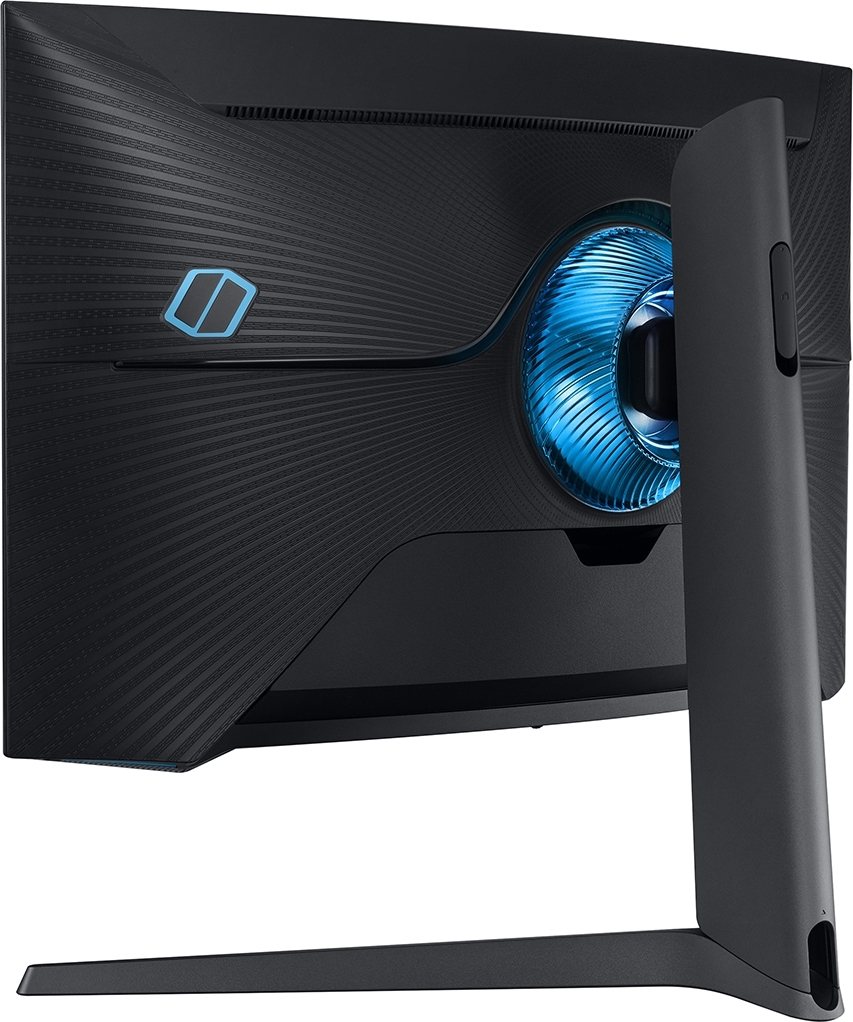

To start, there’s the CIE 1976 Uniform Chromaticity Diagram that represents the visible specter of colors by the human eye, giving you a better perception of the color gamut coverage and the color accuracy. To make sure we are on the same page, we would like to give you a little introduction to the sRGB color gamut and the Adobe RGB. The contrast ratio is very good – 2610:1.Īll tests are made with the monitor connected to an NVIDIA GeForce RTX 2060.

Values of dE2000 over 4.0 should not occur, and this parameter is one of the first you should check if you intend to use the monitor for color-sensitive work. In the illustration below you can see how the display performs from a uniformity perspective. The Correlated Color Temperature on a white screen and maximum brightness is 6700K. We measured a maximum brightness of 362 nits in the middle of the screen (“Custom color” – RGB 50, 50, 50 after Reset).

We offer images at 45° to evaluate image quality. The screen turns into Retina when viewed at distance equal to or greater than 80cm (from this distance one’s eye stops differentiating the separate pixels). The screen ratio is 16:9, and we are looking at a pixel density of – 109 ppi, and a pitch of 0.23 х 0.23 mm. Its diagonal is 27″ (69 cm), has a resolution of 2560 x 1440 pixels, and a maximum refresh rate of 240Hz through the DisplayPort output. Samsung Odyssey G7 (LC27G75T) is equipped with a QLED panel. You can check the current price of the Samsung Odyssey G7 (LC27G75T) here: Buy from (#CommissionsEarned) First, let’s take the device out of its packaging. We’ll talk more about the qualities of the panel later on. Another interesting feature about it is the support of HDR600, G-SYNC, and FreeSync Premium Pro. What this means, is that you get a conventional LED backlight, but the LCD layer is utilizing the Quantum Dot technology, which should be able to produce a more precise color matchup. Interestingly, this gaming monitor is built on QLED technology. Thus, a 1800R curve would form a larger circle, which results in a “flatter” screen. Ultimately, it means that a 1000R curve forms a 1000mm (1 meter) circle around itself. The rule of thumb says that the lower the number before the “R” – the curvier your display will be. It is called the Samsung Odyssey G7 (LC27G75T) and boasts a 1000R curvature. As technology progresses, the prices go down, hence, you can buy a 27-inch 1440p 240Hz curved monitor for about $500. Indeed, the device (the Predator 21X) was very niche and stupidly expensive, but still, they managed to do it. They even made their way to the laptop world. Curved monitors are definitely not something new.


 0 kommentar(er)
0 kommentar(er)
